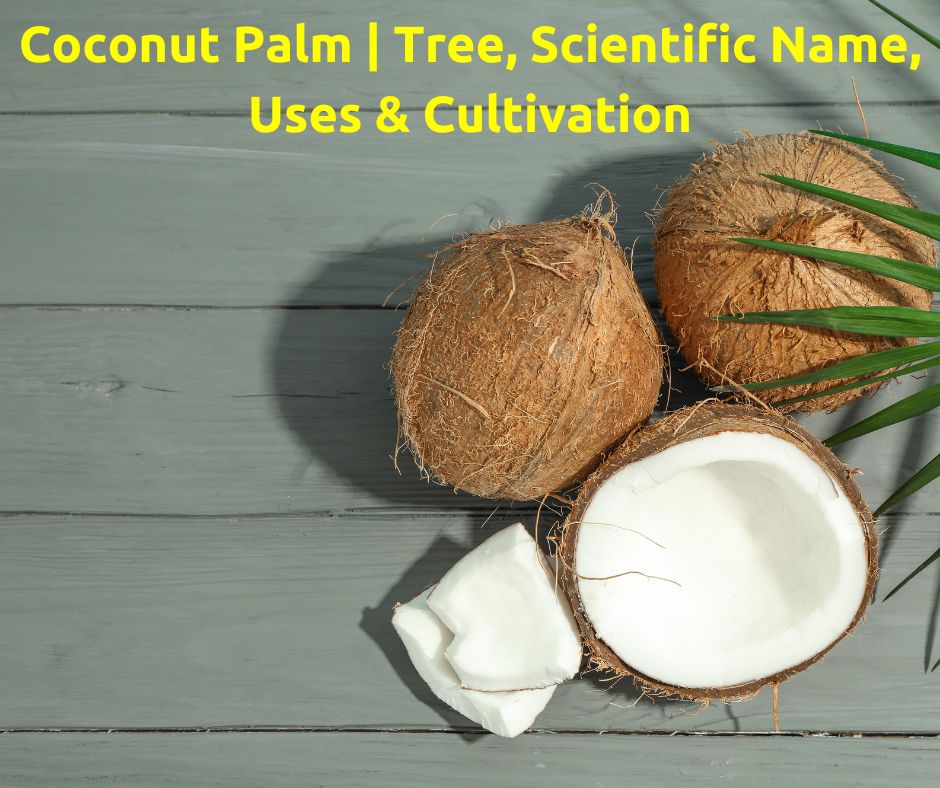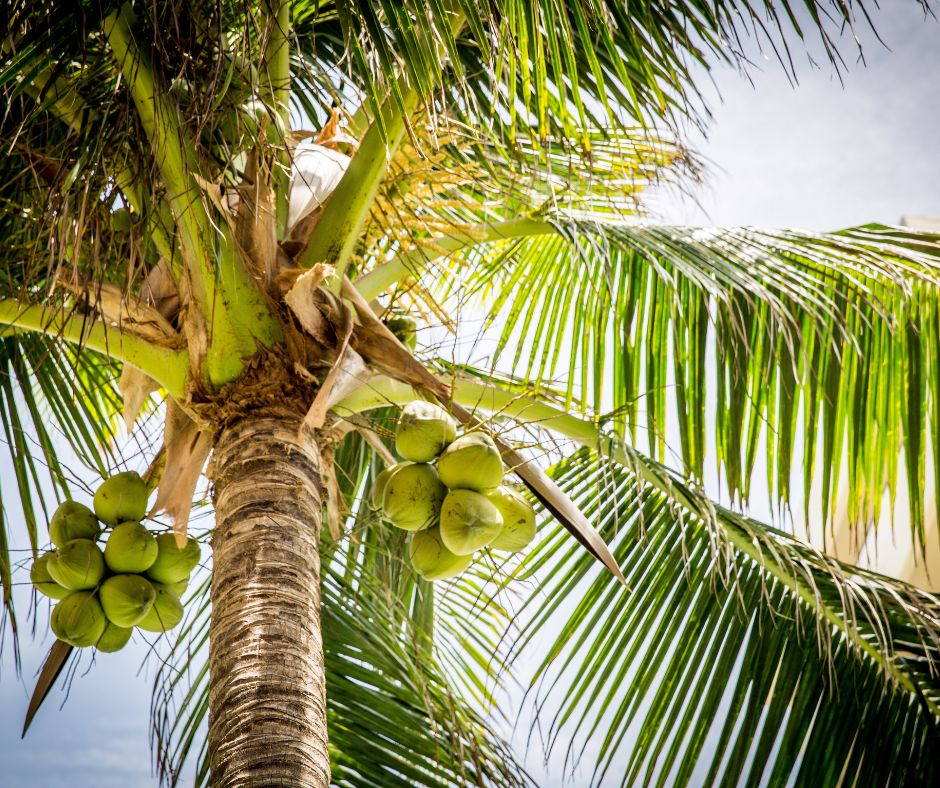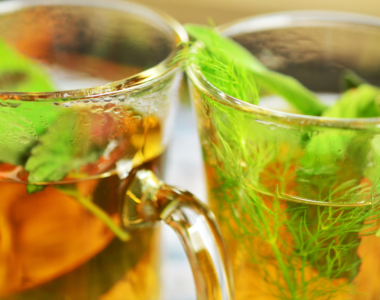
Table of Contents
Introduction to the coconut palm.
The origin of the coconut is unknown, although the center of genetic diversity lies in Southeast Asia. The coconut palm, (Cocos nucifera), is an erect palm in the family Arecaceae which is grown for its fruits and used primarily for the extraction of coconut oil, which is mainly for use in cooking.
Structure of the coconut palm.
Coconut palms can reach a height of 30 m (98 ft), but there are newly developed dwarf varieties with high yields as well. The coconut palm has an erect or slightly curved stem that grows from a swollen base. The stem is smooth, light gray, and has prominent leaf scars. The stem is topped with a crown of 60–70 spirally arranged leaves. The leaves are long (up to 7 m/23 ft), pinnately divided, and composed of 200–250 tapering leaflets. The inflorescence is a spike produced at the leaf axil with 20–60 branches, each with a female flower at the base and many male flowers.

The fruit is a drupe containing a single seed. It is ovoid with three sides divided by ridges. The exocarp and the mesocarp make up the husk of the coconut. The seed is protected by a thick, stony shell (endocarp), and is partially filled with a liquid known as coconut water. The edible endosperm is the white and meaty part and can be between 1.0 and 2.5 cm (0.4–1.0 in) thick.
Management of coconut palm growth.
Light is a significant growth factor. This plant will thrive in bright, indirect light and can tolerate direct sunlight. Watering is important especially in the dry season yet, over watering should be avoided. Keeping the soil moist with warm water at all times is important for healthy growth. Regarding temperature above average household temperatures of 20 – 24°C are suitable for its growth. Regarding palm trees, they can be planted at any time of year. Indeed, it grows well in the coastal areas better than in the inner lands due to its unique root formation.
Coconut palm growth: Indoor vs Outdoor.
Concerning its growth, indoors vs outdoors, in outdoors it will mature and reach its full coconut production in around 15 to 20 years, and it can live for decades beyond that. However, indoors these palms are generally short-lived, they remain small, and they often don’t produce fruit.
Coconut palm pests.

Several pests attack the growing coconut palm trees. The most threatening pests are Rhinoceros beetles, red palm weevils, Black-headed caterpillars, Coconut eriophyid mites, Termites, and Nematodes. They can cause very serious damages which can cause heavy economical losses from the cultivation. To control these pests the approach is to go with Integrated Pest Management (IPM) which would help eradicate these pests from cultivation once and for all.
The uses of coconut palm
In Sri Lanka, it is known as the “Kap Ruka” to magnify the immense uses of the coconut tree or palm coconut tree. Coconut provides a wide spectrum of human consumable products such as food, fuel, cosmetics, folk medicine, and building materials, among many other uses.
Edible products of coconut palm
The inner flesh of the mature seed, as well as the coconut milk extracted from it, form a regular part of the diets of many people in the tropics and subtropics. Other than traditional edible products new consumables out of coconut are gaining the market favor quickly as well. Smoothies made out of coconut milk or coconut water with other fruits such as limes, oranges, etc. are a fantastic way to take advantage of coconut while boosting one’s health. These coconut smoothies are also perfect for a keto diet. They can be a good way to increase your nutrient intake and get extra protein into your diet.
Non-edible products of the coconut palm.
The string-like fiber/ coir is a natural elastic and it is used for textiles, clothing, home products, and industrial products such as floor mats, brushes, brooms, ropes and strings, stuffing, and for industrial uses such as caulking, preserving agents for foods, nets and packaging and more.
Coconut water and meat are combined to make oils, lotions, and perfumes for topical application to the skin and hair. Shampoos also use a creamy form of coconut-based products for shampoos and conditioners. They are mostly preferred by customers to feel a small breeze of the tropics.
Coconut palm research
Through research, it has been discovered that individuals often prefer to either apply coconut products topically or eat them for their benefit. In addition to the research and studies on the effects of eating coconut products, there are also studies showing the benefits of applying coconut products to the body. There are many ongoing types of research to improve the yield of coconut, how parts of coconut can be used to cure diseases etc.
Why would I want a coconut palm in my yard?
Coconut palms bring a touch of the tropics to your landscape! They’re beautiful, low-maintenance, and provide delicious coconuts (depending on variety). They also tolerate salty air, making them perfect for coastal properties.
Can coconut palms grow in the US?
Yes, but only in frost-free zones (typically USDA zones 10b and above) like southern Florida, California, and Hawaii. They thrive in warm, humid climates with plenty of sunshine.
How long does it take for a coconut palm to produce fruit?
Patience is key! Coconut palms can take 6-10 years to reach maturity and produce coconuts. Dwarf varieties may fruit a little earlier.
Do I need a male and female coconut palm for fruit?
No! Coconut palms are self-pollinating, so you only need one tree for fruit production.
How much maintenance do coconut palms require?
Minimal! They need well-drained soil, regular watering (especially young trees), and occasional fertilization. Remember, they can grow quite tall, so plan accordingly.
Are there different types of coconut palms?
Absolutely! There are dwarf varieties perfect for smaller spaces, varieties known for sweeter coconuts, and even some with orange or red coconuts! Research varieties suited to your climate and desired fruit characteristics.
Can I eat coconuts straight from the tree?
Not quite. Young coconuts have a refreshing drink but not much flesh. Mature coconuts have a hard husk you’ll need to remove to access the white flesh. [YouTube coconut husking videos] are readily available online.
Are coconuts healthy?
Yes! Coconuts are a good source of healthy fats, fiber, vitamins, and minerals. However, they are also high in calories, so enjoy them in moderation.
What else can I use coconuts for besides eating?
The possibilities are endless! Coconut oil is a popular natural beauty product and cooking ingredient. Coconut husks can be used for crafts and mulch. Even the leaves can be woven into mats and baskets.
Where can I buy a coconut palm?
Many online retailers and nurseries in warm climates sell coconut palms. Look for reputable sellers who offer healthy, disease-resistant varieties.



